.jpg)
Mr. Nguyen Hoang Phuc - Deputy Director of the Department of Agriculture and Environment informed that the durian area of Lam Dong province is about 42,000 hectares, which is a "super region" of durian, accounting for 28% of the country's durian area. The whole province currently has 334 codes for durian export growing areas with 12,966.7 hectares and 57 codes for durian packaging facilities.
With the current advantage of being a durian “super region”, Lam Dong has many opportunities in synchronous planning and building a brand for this valuable crop. In the context of increasingly deep international economic integration, agricultural products in general and agricultural products of Lam Dong province in particular are facing great challenges in ensuring and improving product quality to meet the strict standards of the global market. “Since the beginning of the year, China - Lam Dong's main durian export market - has been tightening the management of pesticide residues, heavy metals and the banned substance Auramine O in durian products; if not well controlled, it will greatly affect this industry, the risk of suspension and code revocation is very high; this consequence not only affects durian exports but also reduces the reputation and brand of agricultural products”, Mr. Nguyen Hoang Phuc commented.
To affirm its position as the "capital" of durian in terms of both quantity and quality, Lam Dong province is strictly monitoring growing areas and controlling product quality. Specifically, regarding the monitoring of growing areas, from April 16 to now, the Department of Cultivation and Plant Protection has monitored 76 growing areas. The monitoring content is in accordance with the requirements of the Department of Cultivation and Plant Protection as well as the regulations of the importing country (mainly from China), such as checking cultivation diaries to monitor the use of pesticides, fertilizers, plant quarantine objects, etc. As a result, the growing areas have met the requirements of the importing country, and are eligible to maintain durian export codes to the Chinese market. Currently, the Department is continuing to monitor 38 growing areas that have been granted codes and 10 packaging facilities.
Regarding product quality control, from the beginning of June 2025 to present, the Department of Cultivation and Plant Protection has collected 234 durian fruit samples in growing areas to analyze pesticide residues, heavy metals such as cadmium and lead, and identify harmful organisms. In the coming time, 108 more durian fruit samples will be collected for analysis and identification.
Lam Dong Province recommends that farmers need to comply with safe durian cultivation processes and harvest to ensure export standards. Growing areas need to strictly comply with production processes, monitor, supervise and treat pests and diseases according to the correct process. Regularly and proactively analyze to strictly control pesticide residues, heavy metals such as cadmium and lead, etc. to meet the requirements of importing countries. Packaging facilities need to develop and strictly implement one-way packaging processes, traceability, invest in equipment to implement technical measures to meet the regulations of importing countries, and not use Yellow O in the preliminary processing and preservation of durian products.
Along with that, exporting enterprises need to organize links in the production and consumption chain of durian according to the correct procedures such as: Publicly disclosing the status of code approval, purchasing and export plans for associated farmers. People must accompany enterprises to create stability, sustainability, and longevity in the value chain, not breaking links with enterprises for short-term benefits.
Source: https://baolamdong.vn/trien-vong-tu-sieu-vung-sau-rieng-cua-ca-nuoc-382995.html


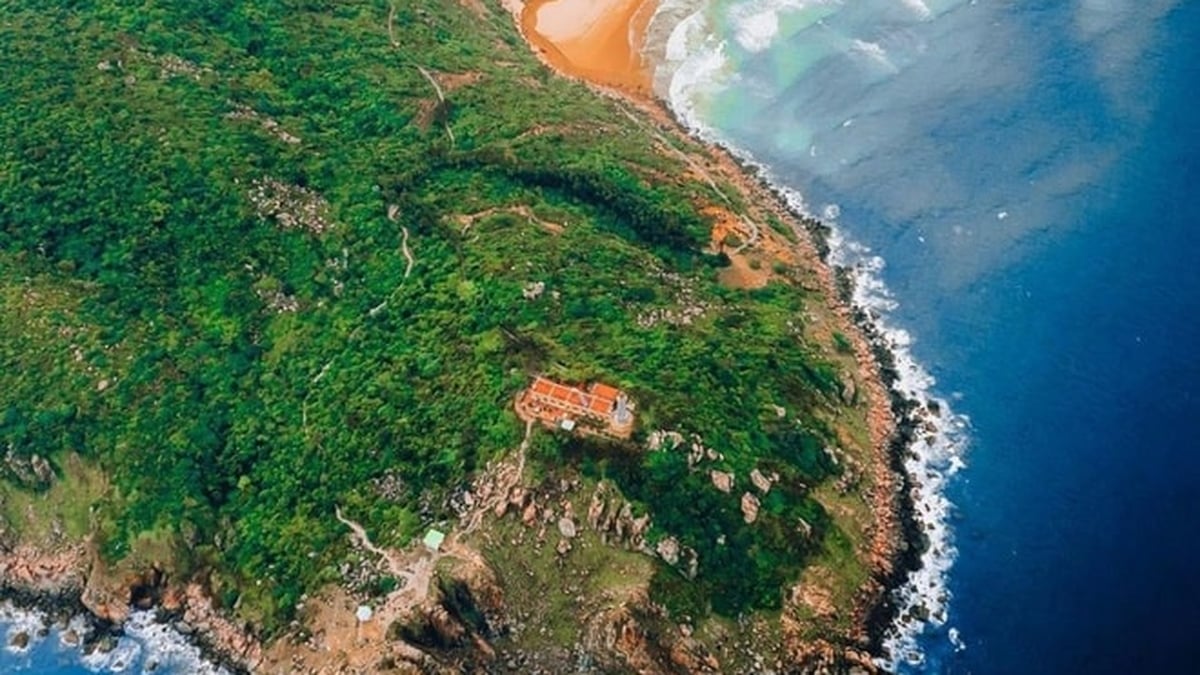
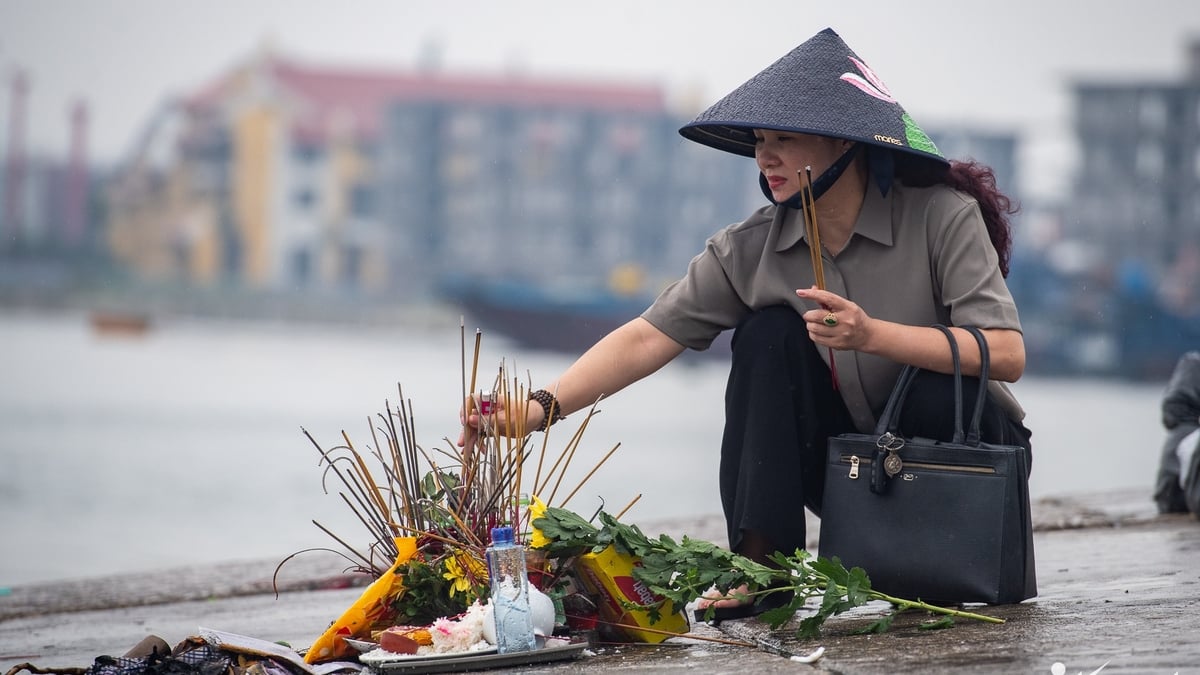
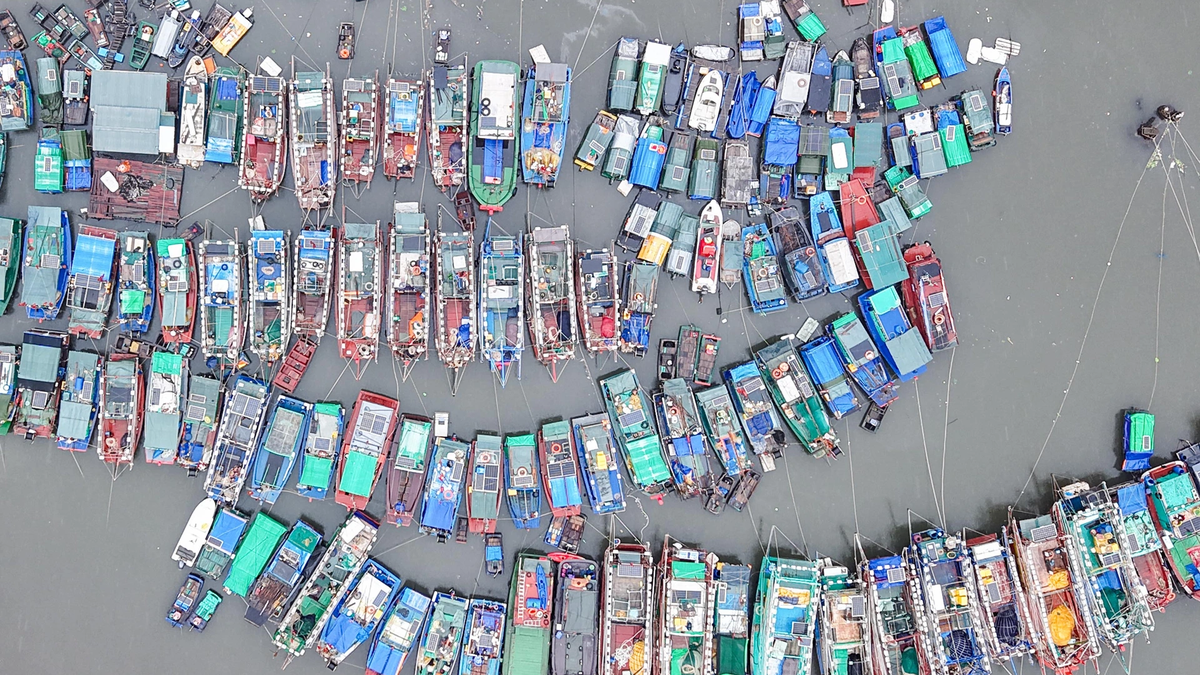



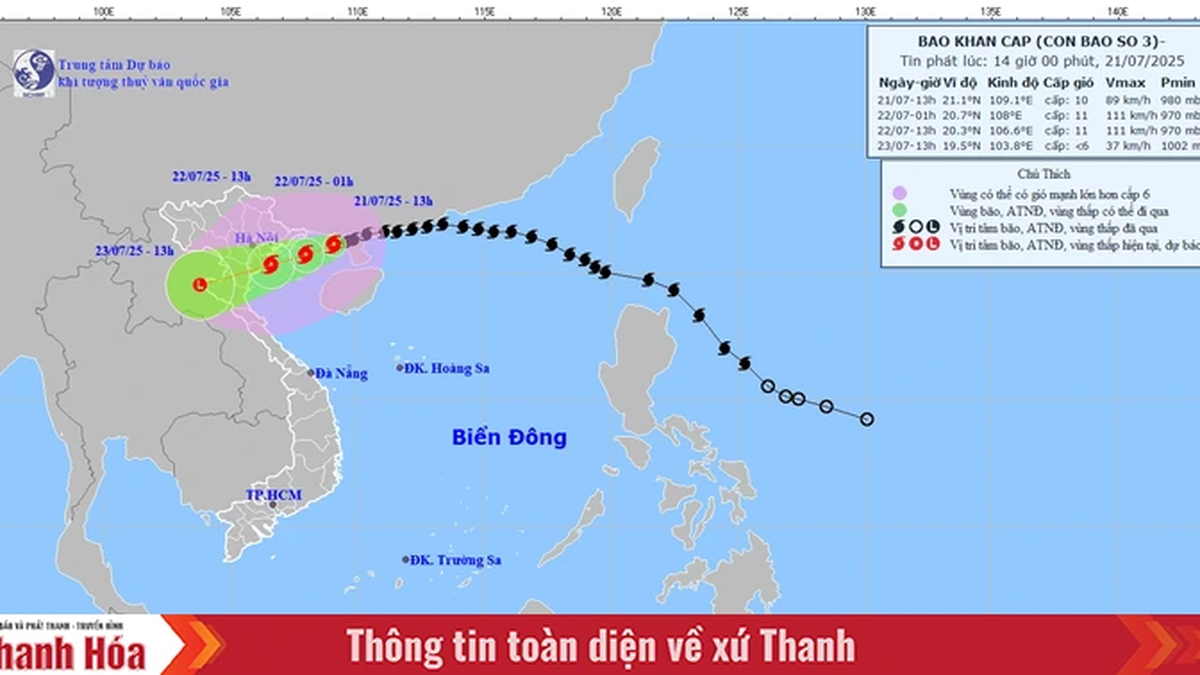

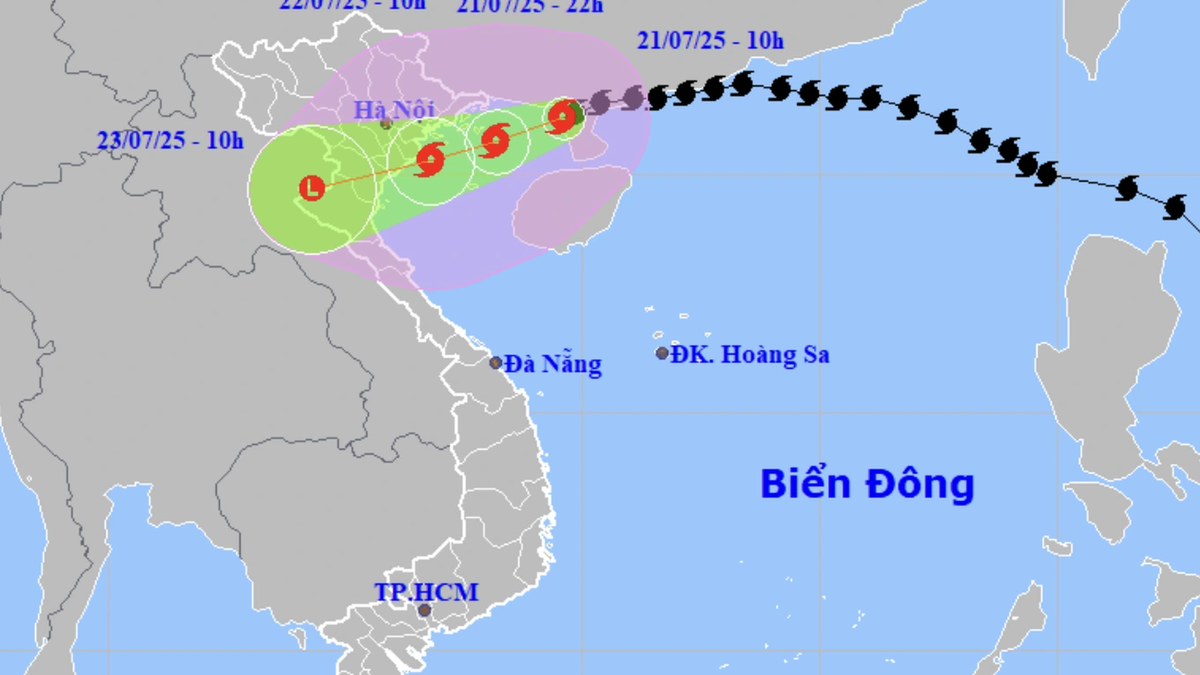
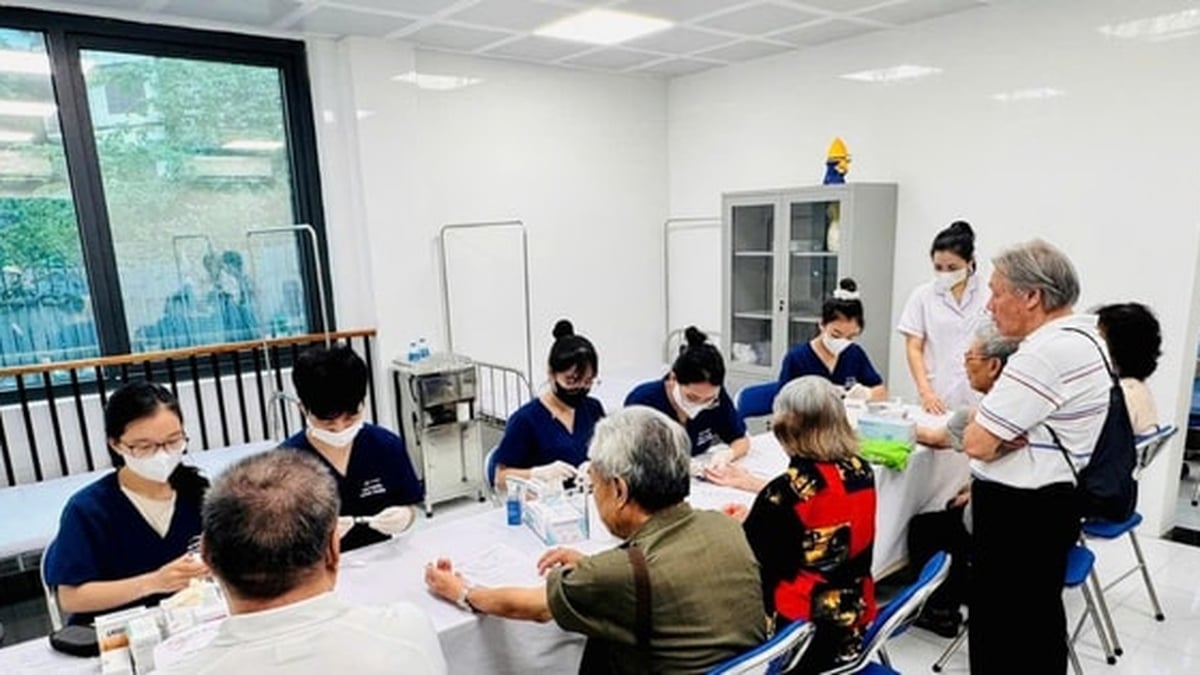











![[Photo] National Assembly Chairman Tran Thanh Man visits Vietnamese Heroic Mother Ta Thi Tran](https://vphoto.vietnam.vn/thumb/1200x675/vietnam/resource/IMAGE/2025/7/20/765c0bd057dd44ad83ab89fe0255b783)





































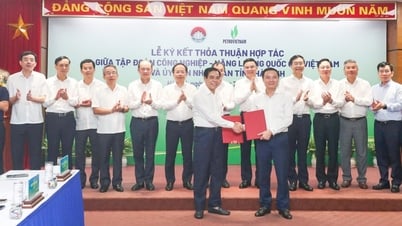







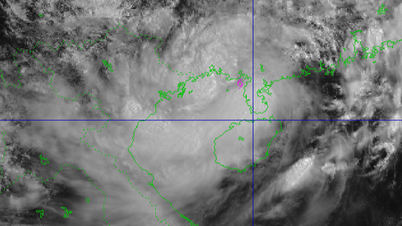

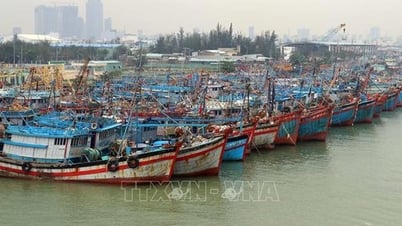

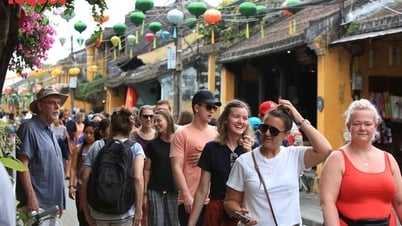




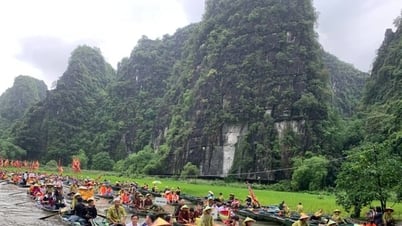





















Comment (0)